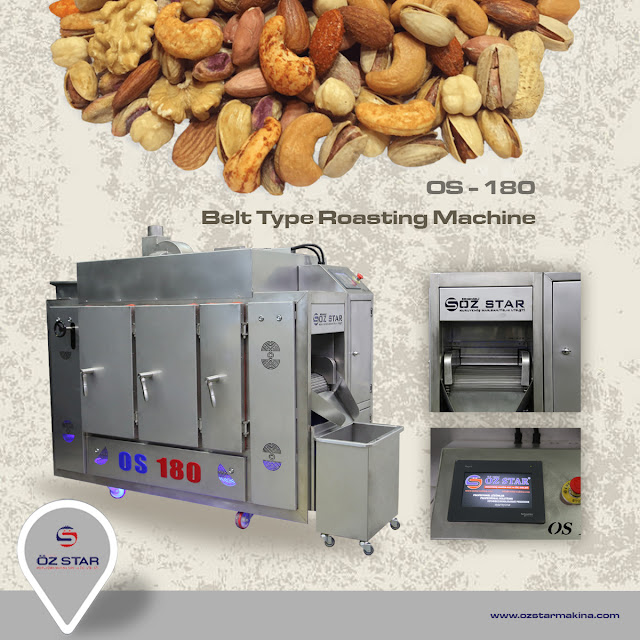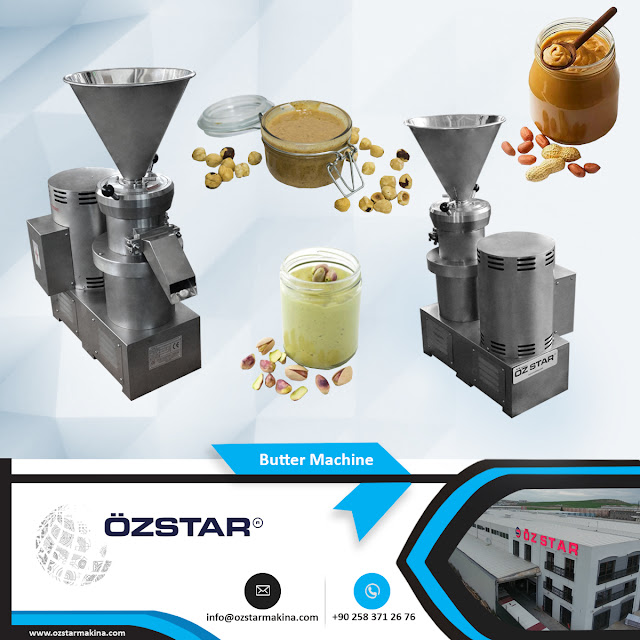In the Willamette Valley, Oregon USA, annual rainfall
is about 1100 mm. There is a strong winter–spring incidence with a dry summer
(Figure 2.1). Rainfall during the critical period of fertilisation and
kernel-fill, May and June in Corvallis, is on average, less than 100 mm. http://www.twinoroasters.com/
As hazelnuts are not generally irrigated in this region, it appears they are very likely to be drawing from soil moisture reserves at depth to maintain growth and production in the summer, as discussed later in the section on soils, Section 2.1.2. Hazelnuts are sensitive to hot dry conditions, low humidity and rainfall deficits in summer. Thompson (1981) reported that temperatures greater than 35°C with low humidity can cause leaf burn.
The climate of the Willamette Valley is considered to be ideal with temperatures in summer reaching 20-28°C, rarely exceeding 33°C and with cool nights of 8-16°C (ibid, 1981). Climate data recorded over a 30-year period for Corvallis indicates that on average there are only two days per year when temperatures exceed 35°C (Taylor et al., 1991). In the Catalonia region of Spain, summer temperatures of 30-35°C are commonly recorded with an annual rainfall of 400-600 mm.
In the Reus area of this region, crops are irrigated with an average of 2.5 ML/ha (Tous, 2005). When assessing the most appropriate part of France to develop a hazelnut industry, Bergoughoux et al. (1978) considered rainfall, temperature, relative humidity and wind to be key factors. They were of the opinion that an annual rainfall of 1000 mm was required, although it could be lower if supplementary irrigation was available.
OZSTAR has the best roasters of various capacities to
give you the perfectly roasted peanuts!
We also provide additional equipment for flavouring and seasoning the nuts.
OZSTAR also provides additional flavoring and seasoning equipment for nuts We manufacture different
capacity to suit demand. This stainless steel is of high quality and can be
controlled from the touch screen control panel.
The rainfall should ideally be well-distributed throughout the year, but dry conditions were desirable for the 29 period of nut fall and harvest, from mid-September to mid-October.
They considered the critical temperatures for winter were a minimum no lower than -15°C, to avoid damage to buds and dormant inflorescences, a minimum of -7°C, to avoid damage to dehiscing catkins and of -3°C in spring, to avoid damage to young shoots after bud break. Under conditions of high evaporative stress, such as hot dry winds, hazelnuts become moisturestressed. http://nutsroasters.com/
Districts where the relative humidity was less than 70% were considered undesirable. Persistent strong winds were also undesirable. Using these parameters, Germain and Sarraquigne (2004) used long-term climate data to prepare a map showing the area in south-west France where they considered the climate to be suitable for hazelnut production.
The studies presented in this section on the effects of climate on flowering, growth and production have been used to develop a set of critical climate indices, Table 2.1 which could be used to assess the potential suitability of districts in Australia for hazelnut production. http://www.twinoroasters.com/
The Commonwealth Bureau of Meteorology has a comprehensive data base of
climatic averages for weather stations across Australia which can be accessed
at www.bom.gov.au/climate/data/ and which potential growers could use to assess
the suitability of their location for hazelnut growing.



















































